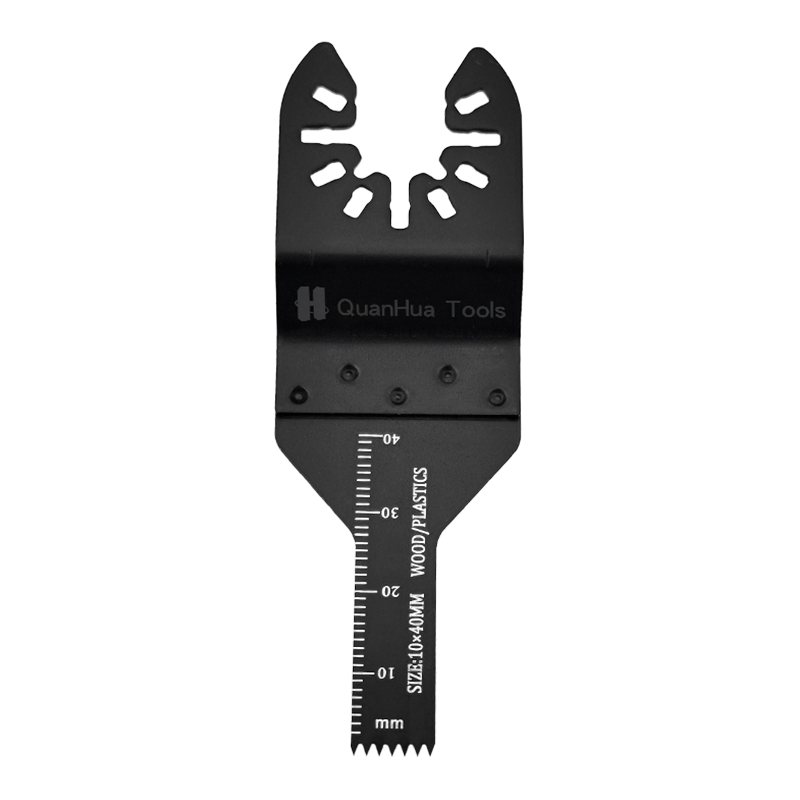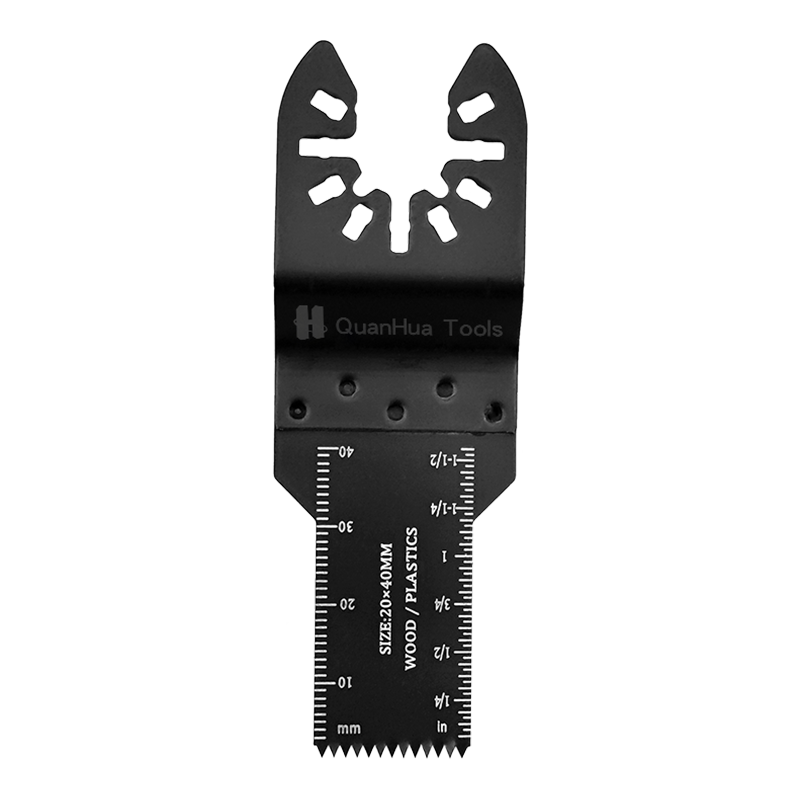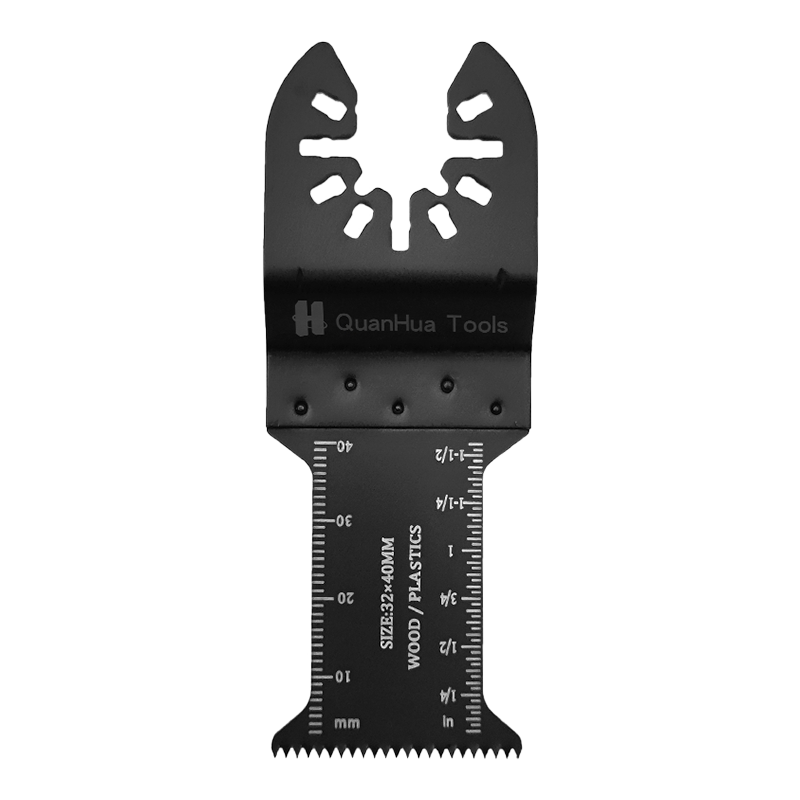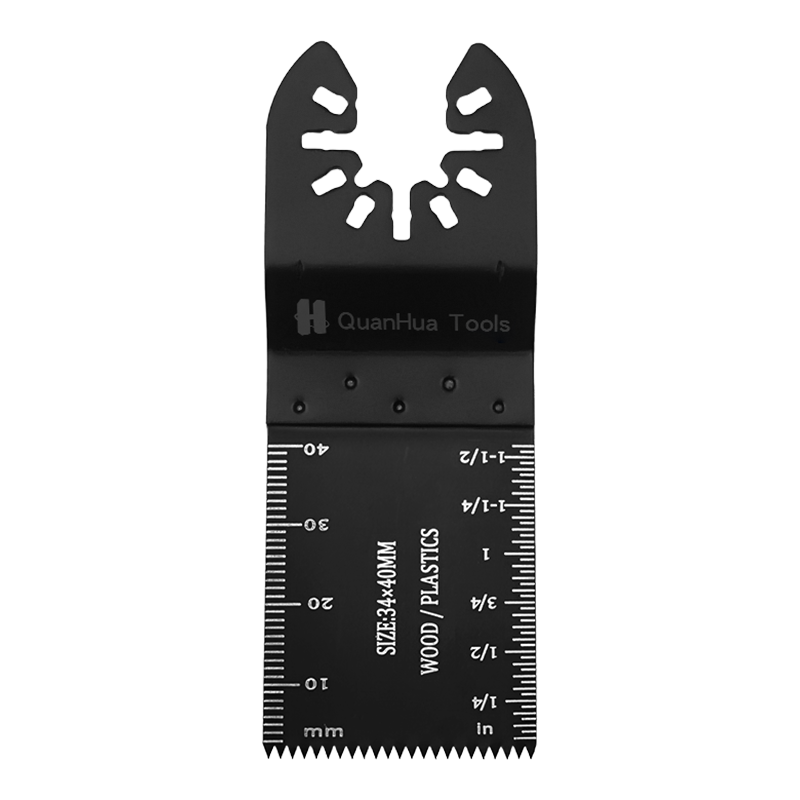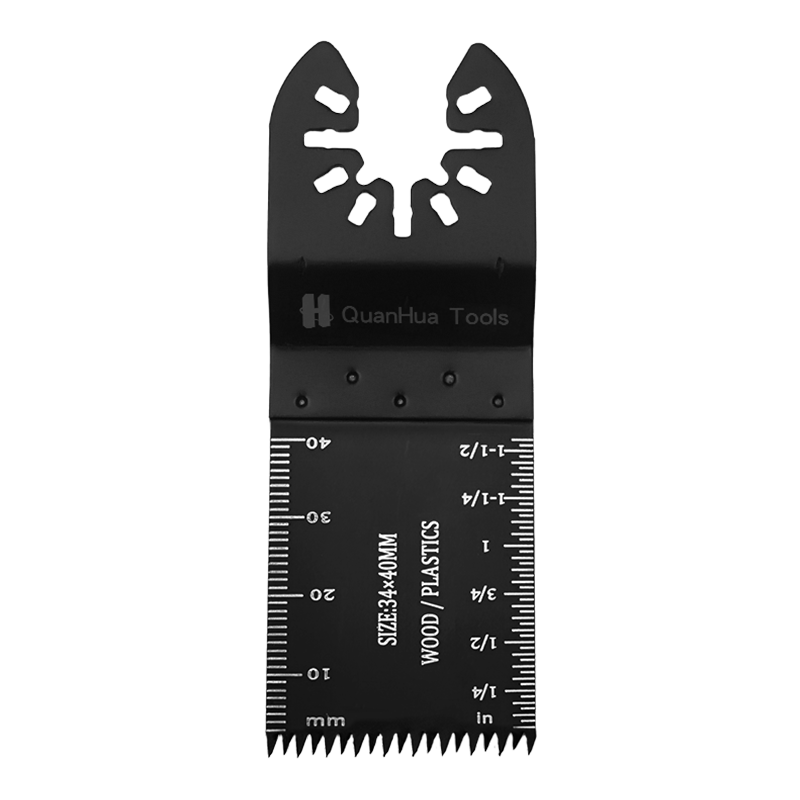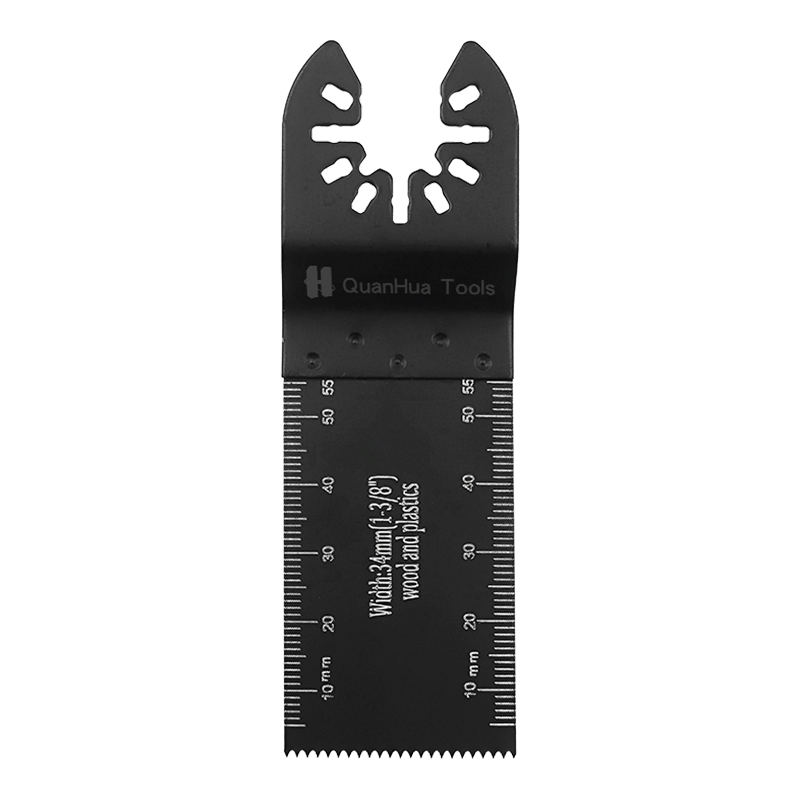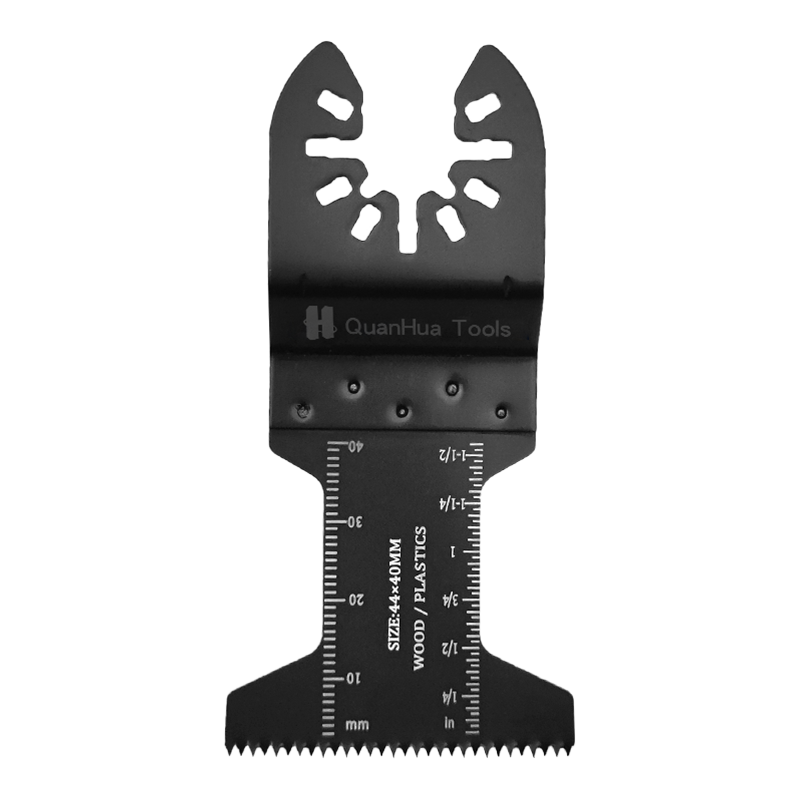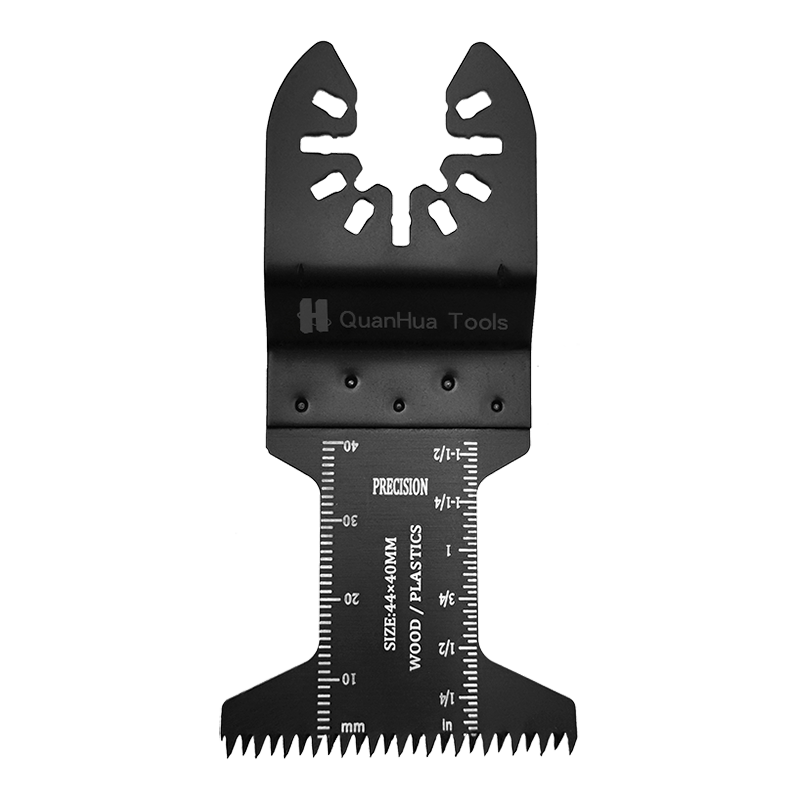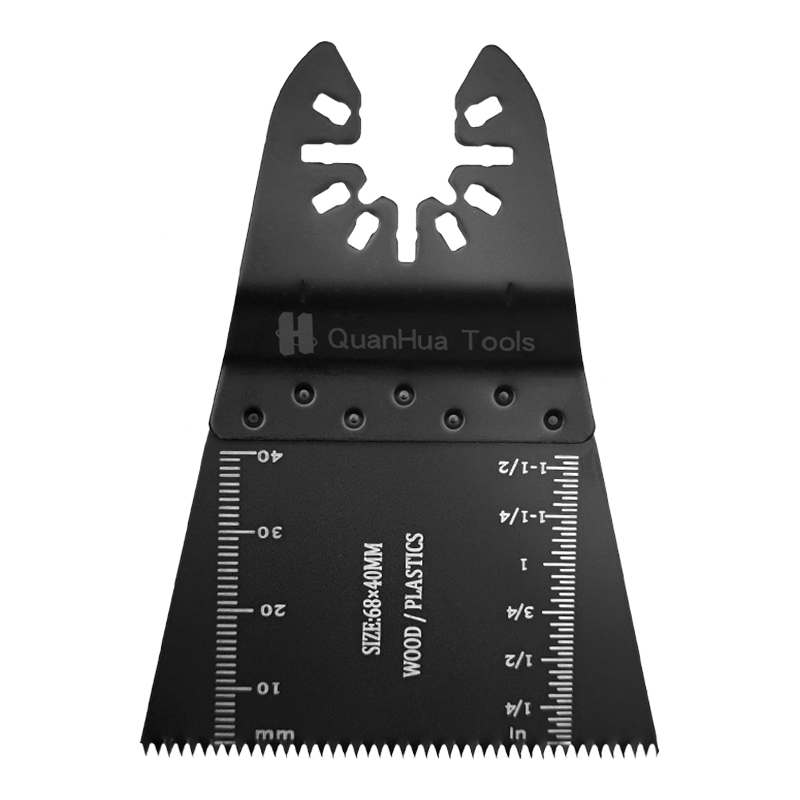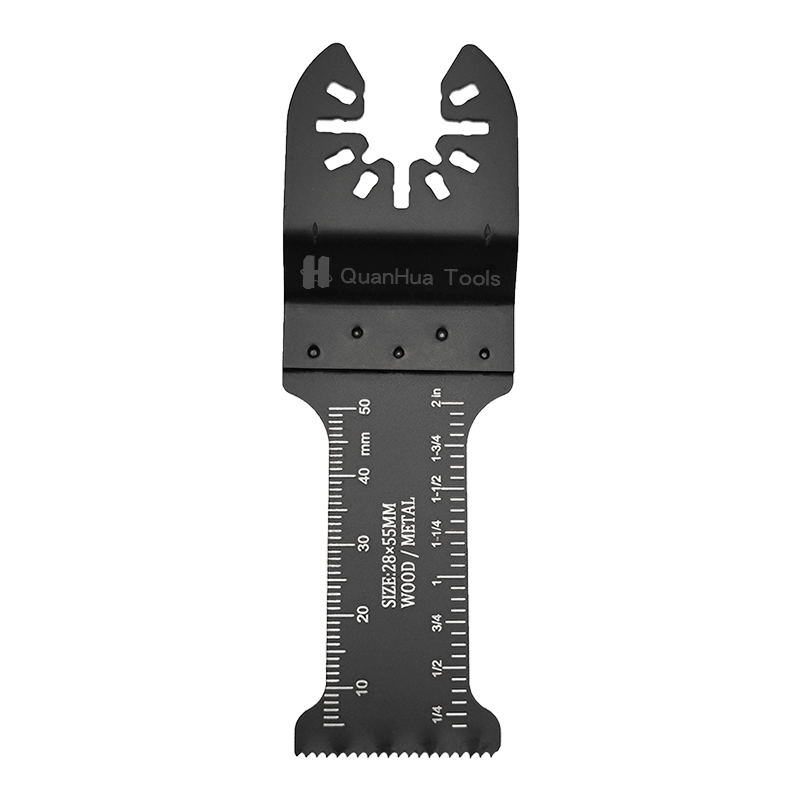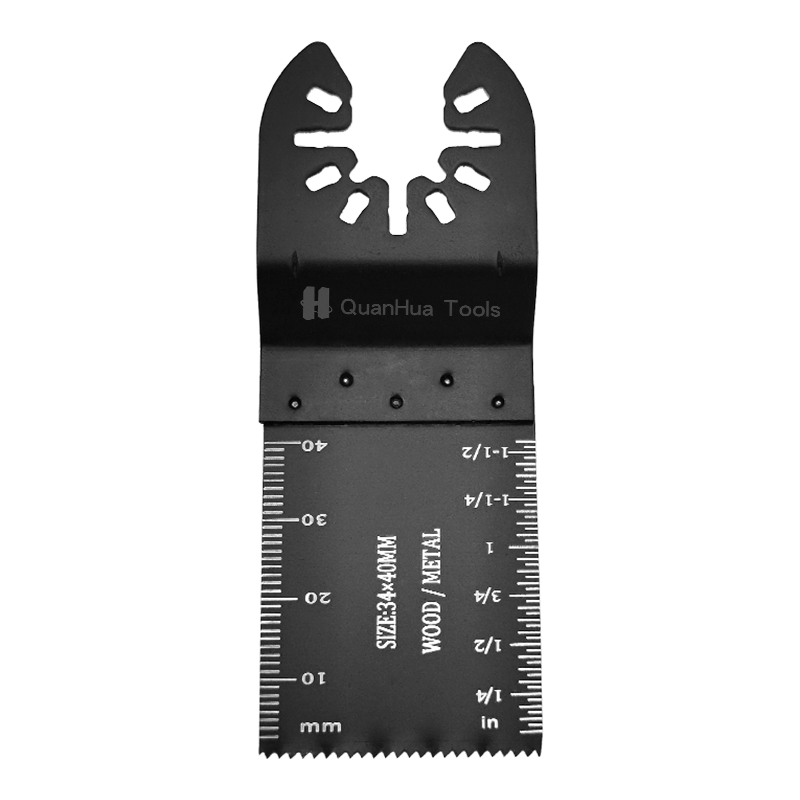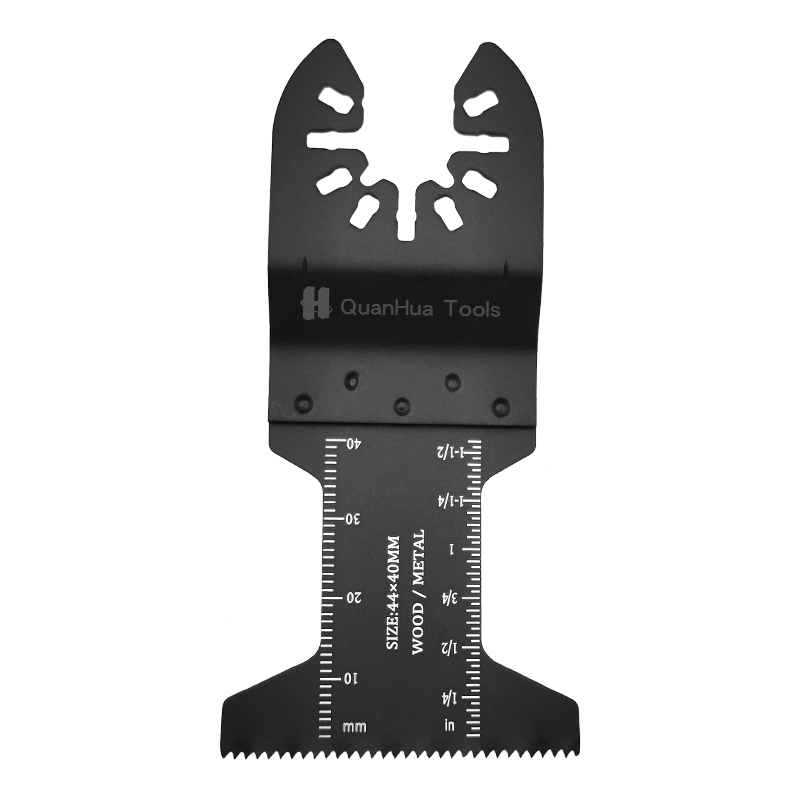Oscillating alloy saw blades are engineered to deliver precise, clean cuts, making them a preferred choice for both professional tradespeople and DIY enthusiasts. These blades stand out due to their specialized design, which contributes to their ability to achieve smooth and accurate cuts across various materials, such as wood, metal, and plastic.
One of the core features that distinguishes oscillating alloy saw blades is their unique oscillating motion. Unlike traditional circular saw blades, which rotate continuously, oscillating blades move back and forth in a rapid, vibrating motion. This oscillation reduces the risk of the blade binding or getting caught in the material being cut. It helps to keep the blade from jarring or jerking, allowing it to make cleaner, more controlled cuts. This motion also reduces the likelihood of creating jagged edges or rough surfaces, common challenges when using other types of cutting tools.
The material from which the oscillating saw blade is made plays a significant role in the quality of the cut. These blades are typically constructed from tough, high-quality alloys that are both durable and resistant to wear. The hardness and toughness of the alloy allow the blade to maintain its sharpness over extended periods of use, even when cutting through tougher materials. This capability is essential for ensuring consistent cutting performance, as dull blades tend to produce rougher, uneven cuts. By maintaining their sharpness, oscillating alloy saw blades are able to deliver smooth, precise results with each pass.
Oscillating blades often have a thin, narrow cutting edge. The thin profile minimizes the amount of material displaced during the cutting process, which reduces the chances of splintering, chipping, or deforming the edges of the material. The reduced cutting resistance also helps the blade move through the material more smoothly, ensuring a clean cut without leaving excess roughness behind. This design is especially beneficial when working with materials that require a fine, accurate cut, such as laminate or thin wood.
Another important factor contributing to the cleanliness of the cut is the way oscillating saw blades reduce vibration. Traditional rotary blades tend to generate significant vibration, which can cause instability and cause the blade to wobble or veer off course, leading to uneven cuts. In contrast, the oscillating motion produces far less vibration, offering more control and stability during the cutting process. This reduction in vibration also helps keep the material in place, reducing the likelihood of movement or shifting during the cut, which can often result in rough or crooked edges. The smoother operation of the blade translates directly into a cleaner finish on the material being cut.
Oscillating alloy saw blades are also designed to generate less heat compared to traditional rotary blades. The oscillation of the blade reduces friction, which in turn prevents excessive heat buildup. In conventional saws, heat accumulation can lead to material warping, discoloration, or even burning at the edges, which detracts from the overall quality of the cut. With oscillating blades, the reduced heat generation ensures that the material remains in good condition and that the edges stay smooth and free from damage, especially when working with heat-sensitive materials like plastic or certain metals.
Oscillating saw blades come in a range of tooth designs that are specifically tailored to different cutting tasks. For instance, fine-toothed blades are ideal for making precise cuts on delicate materials like wood or laminate, where smooth edges are a priority. Coarser teeth are more suited for tougher tasks like cutting through metal, where the emphasis is on strength and speed rather than precision. The ability to select the right blade for the job ensures that the cut will be as smooth as possible, without unnecessary roughness or tearing.

